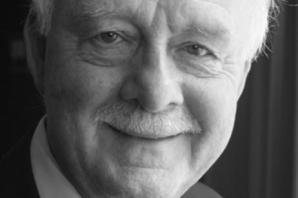International recognition for ERC-funded research in archaeology
During the 3rd and 2nd millennium BC, the European continent experienced important social and cultural transformations, with the introduction of metal and the emergence of new languages and identities. Recent theories suggest that these major changes were triggered by people’s migrations and cultural transmissions, challenging the perception of European prehistory as a series of unrelated local developments.

Kristian Kristiansen, a specialist in Bronze Age archaeology, was awarded an ERC grant to shed more light on the forging of new identities and new types of interaction during these two millennia in temperate northern Europe. These movements were highly relevant for the whole continent’s later historical and cultural developments, including the spread of Indo-European languages. Prof Kristiansen’s team has adopted an original interdisciplinary approach that combines archaeological methodology with modern biomolecular investigation techniques.
Strontium isotope tracing and study of ancient DNA is used to test people’s provenance, migration and diet, as well as the origin of wool and textiles. Lead isotope is observed to trace the origin of copper in order to reveal the extent of trade. This work has attracted a wide interest in the European archaeological community and many researchers and institutions have offered samples to Prof Kristiansen’s team allowing them to expand the geographical scope of the project, finally covering all Western Eurasia.
With this material and information at hand, they were able to conduct the first and largest continental scale ancient DNA study - on 526 ancient individuals - and test some of the main hypotheses regarding societies, human migrations and transcultural flows in the Bronze Age. In fact, genomes obtained from ancient biological remains can provide information on past populations’ history that is not retrievable from contemporary individuals. In 2015, the team reported on finding strains of Yersinia pestis as long as 5 000 years ago (*). This bacterium, which causes plague, was never found in such ancient remains; this discovery could mean that plague epidemics in the Bronze Age may have led to waves of migrants in the regions decimated by the deadly disease. The team also applied innovative methods of strontium isotopic tracing of human hair on a Bronze Age woman from Denmark, which made it possible to reconstruct her travels between south Germany and Denmark during the last two years of her life (**). Other results obtained so far suggest a highly organised international trade in textiles and copper.
These outcomes as well as the study on Population Genomics of Bronze Age Eurasia (***) had a resounding effect in the world press and won Prof Kristiansen a Research Award at the Second Shanghai Archaeology Forum (China) in December 2015. On this occasion, another four projects funded by the ERC received the same prestigious award, showing that the support of the ERC has been crucial for the top recent achievements in archaeological research.


